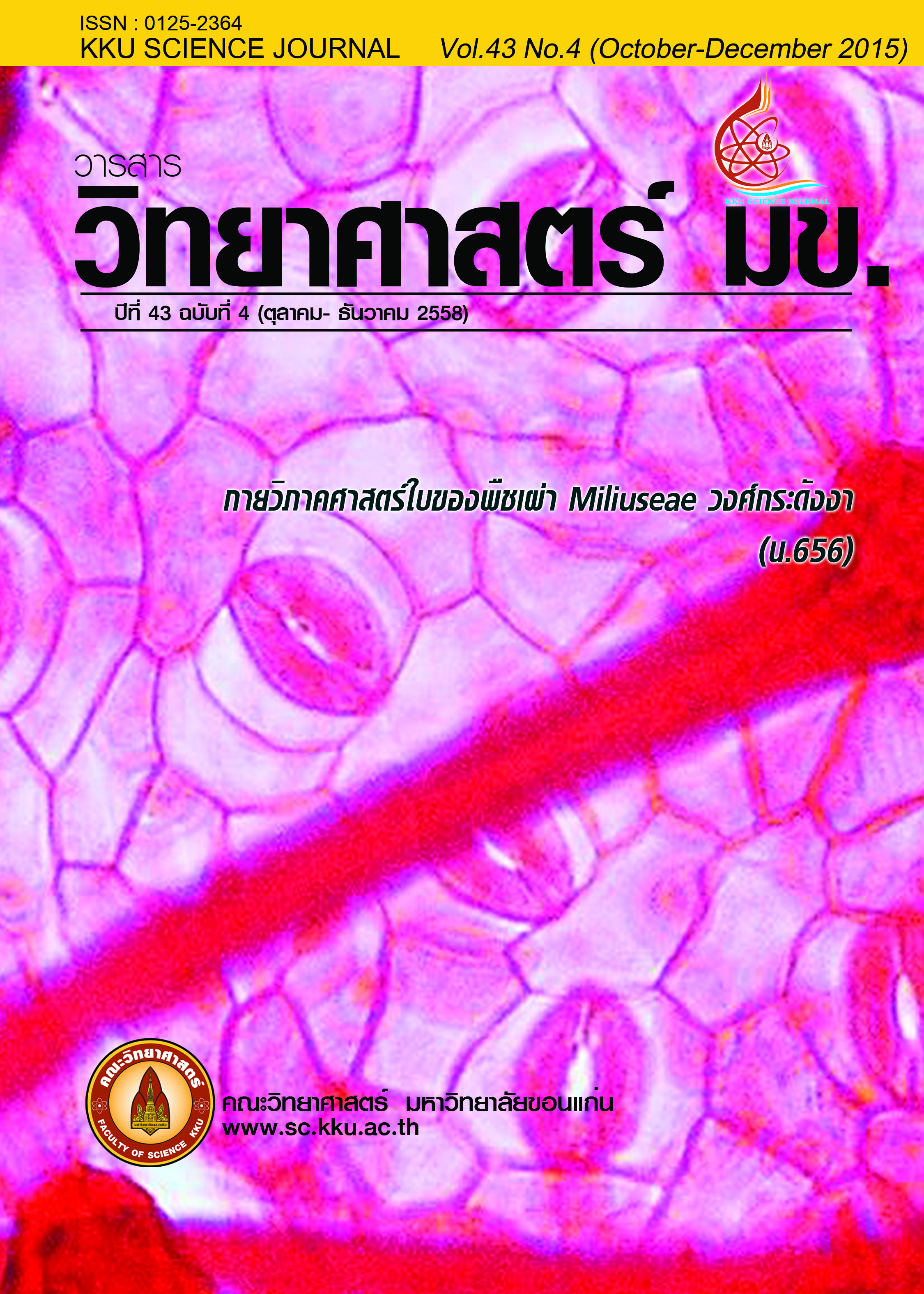Prevalence of Extended Spectrum Beta-Lactamases (ESBLs) Producing Coliform Bacteria in Public Toilets
Main Article Content
Abstract
This study aimed to determine the prevalence and antibiotic resistance patterns of ESBLs producing coliform bacteria from public toilets. A total of 138 coliform bacteria (79.7% E. coli, 14.5% K. pneumoniae, 3.6% Citrobacter spp. and 2.2% Enterobacter spp.) isolated from the public toilets in Bangkok were tested susceptibility by Double Disc Synergy (DDS) method with 6 antibiotics (20µg amoxicillin/10 µg clavulanate, 10µg cefpodoxime, 30µg ceftazidime, 30µg ceftriaxone, 30µg cefoxitin, and 30µg aztreonam). The results revealed the coliform bacteria were mainly resistant to amoxicillin/clavulanate (39.2%), and cefoxitin (27.5%). All these bacteria showed 5 patterns of antibiotic resistance. The prevalence of ESBLs production was also found in 14 (10.1%) isolates classified as Class A [2 (1.4%)], Class C [5 (3.6%)], and ESBLs + Amp C [7 (5.0%)], respectively.
This study indicates that ESBLs production of coliform bacteria from public toilets has increased, which results in higher resistance to antibiotics and causes obstacles to treatment, especially the opportunistic infection from hospitals or communities. These data are useful to monitor, manage, and control the spread of colifrom bacteria.
Article Details

This work is licensed under a Creative Commons Attribution-NonCommercial-NoDerivatives 4.0 International License.


